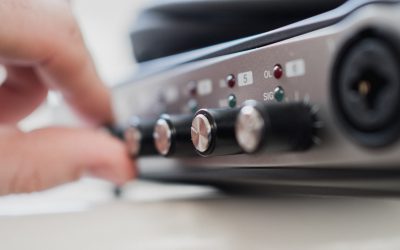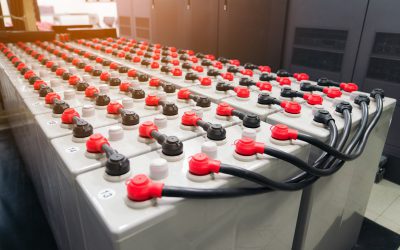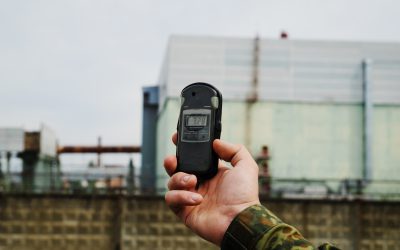Knowledge is Power
For Your Information
The Truth About Antenna Tuners: Myths vs. Reality
Few topics in amateur radio generate as much confusion as antenna tuners. You’ll hear everything from “a tuner fixes a bad antenna” to “you don’t need one at all.” Somewhere between those extremes lies the truth. At CRCS, we know how easy it is for misinformation to...
Battery Storage Safety for Your Ham Shack
When it comes to running a modern ham shack, batteries are no longer an optional accessory. Whether you’re keeping backup power ready for emergency operations, running a portable HF setup, or experimenting with renewable energy like solar, batteries play a key role in...
Fall Prep: Weatherproofing Your Coax Before the Snow
When autumn rolls around, most hams are busy tuning antennas, testing equipment, and finishing last-minute projects before the cold sets in. But there’s one piece of fall prep that often gets overlooked—weatherproofing your coax. Whether you operate HF, VHF, or UHF,...
How to Create a Basic RF Sniffer with Affordable Tools
Amateur radio is full of practical projects that not only save money but also expand your technical knowledge. One such project is building a basic RF sniffer. This simple yet highly useful tool can help you track down interference, verify signal presence, or...
Understanding Duplexers, Diplexers, and Triplexers
When it comes to managing multiple signals, frequencies, and antennas in amateur radio, the terms duplexers, diplexers, and triplexers often come up. While they sound similar, each serves a specific role in keeping your station organized, efficient, and...
What Is Desense and How to Identify It in Your Setup?
When you first get your amateur radio station up and running, one of the most frustrating things you may encounter is hearing strong signals suddenly vanish into static or weak signals becoming nearly impossible to copy. At first glance, this can look like poor...







